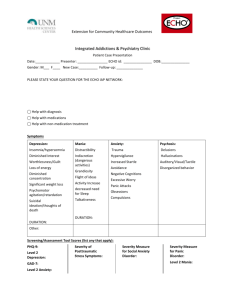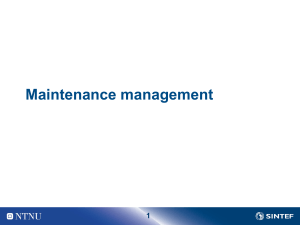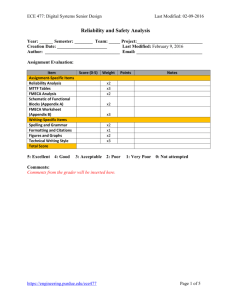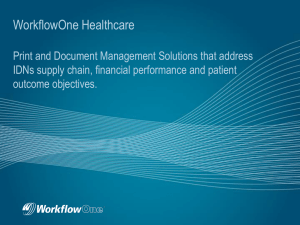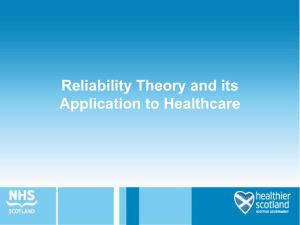SCHA FMECA presentation 5 14 10
advertisement
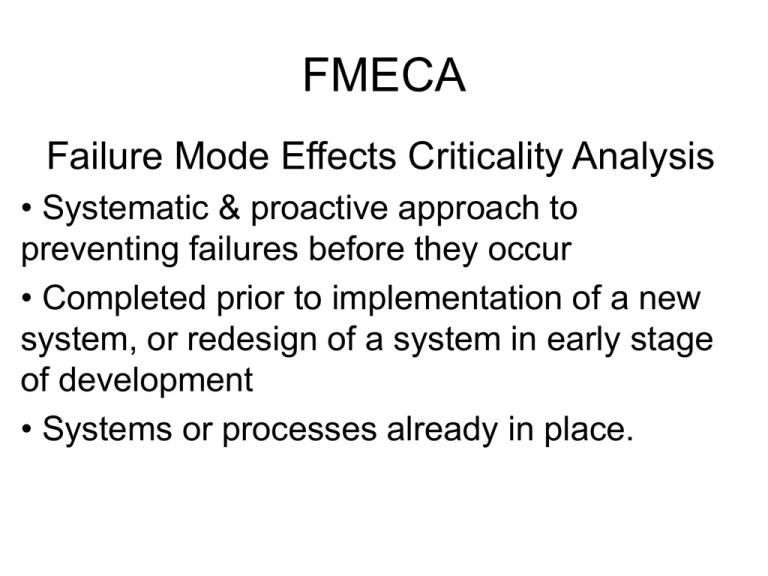
FMECA Failure Mode Effects Criticality Analysis • Systematic & proactive approach to preventing failures before they occur • Completed prior to implementation of a new system, or redesign of a system in early stage of development • Systems or processes already in place. FMECA not so new • Used in high risk industries like aerospace (since 1960’s), chemical processing, nuclear, and airline industries • Added to JC standards in 2001 requiring healthcare organizations to proactively address patient safety using system safety tools like FMEA • Used in Healthcare to focus on what could go wrong, before it does Various Adaptations for Healthcare • Many variations available for use in complex systems like Healthcare • Simple fill in the blank templates like “QI Macros” are available • I have no financial interest in this product or company Components of FMECA • Identify known or potential failures • Analyze the way the process/sub process can fail or the manner in which the failure occurs (failure mode) • Determine effect of the failure mode • Estimate severity & probability of each mode/effect combination • Evaluate how to reduce/eliminate risk of failure Getting Started • Select a project of common interest or severity, one that will be supported by leadership (resource heavy) • Select team specifically designated for the project, cross-functional & multidisciplinary, and disband after project completed • Designate impartial facilitator • Determine boundaries for the project • Flowchart or review how existing product/process works if applicable • Brainstorm potential failure modes – determining all the ways each process/sub process could fail • Identify potential causes of each failure mode • List potential effects of each failure mode on the patient • Assign Risk Codes (RPI) for each potential failure-mode effect combination • Develop Actions or Countermeasures to reduce risk • Re-assign Risk Codes if/after implementation of countermeasures • Assign responsibility for actions • Re-assess for “slippage” Example of FMECA • Patient to ED at unknown hospital requires rapid sequence intubation post MVA • Medication given • Patient’s secretions clog filter • No alarms heard • RN hears gurgling sound and responds • Patient rescued

